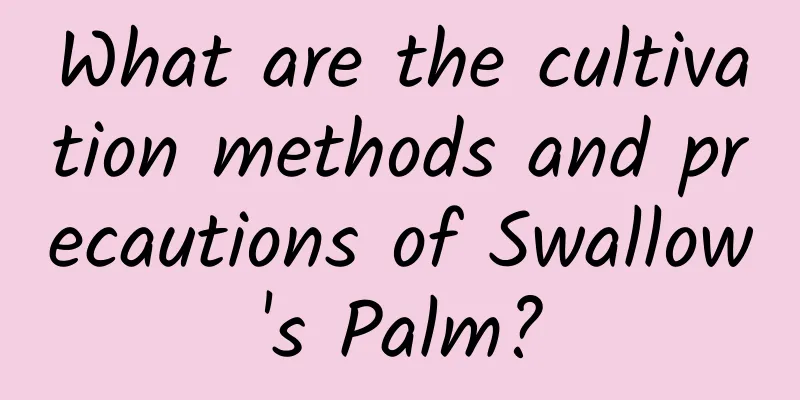Common Pests of Coreopsis Large-flowered and Their Control Methods

Common pests of Coreopsis: aphidsPest symptomsThey usually concentrate on sucking sap from tender buds, leaves and branches, causing the affected parts of the plant to shrink and deform. Aphids also secrete honeydew that contaminates the plants and induces diseases such as sooty mold. Prevention and treatment methodsYou can use 600-800 times diluted Wanling or 800-1000 times diluted 25% fish vine oil Suposha for spraying. Suposha is a broad-spectrum organophosphorus insecticide with contact and stomach poison effects and strong penetration. It can penetrate into plant tissues and has a good control effect on chewing and piercing-sucking mouthparts pests. Spray once a week for 2-3 times in a row. Common pests of Coreopsis grandiflora: cutwormsPest symptomsIn early spring, the damage to roots and buds is particularly severe in sandy soil. Some of the damage is done by biting off the rhizomes on the ground, while others eat the sprouts from underground, causing the death of large numbers of plants. The large-flowered coreopsis likes sandy soil the most, so there are more cutworms, so flower lovers should pay more attention. Prevention and treatment methodsIn addition to the commonly used venom trapping, furadan granules can be applied in ditches or holes, with a dosage of 1500-2000 grams per mu. This drug has a long residual effect and can prevent harm 7-8 weeks after application. Common pests of Coreopsis grandiflora: grubsPest symptomsWhite grubs are the larvae of scarab beetles, also known as white earth silkworms and walnut worms. The adult is commonly known as the scarab beetle or scarab beetle. Harms many plants and vegetables. According to their feeding habits, they can be divided into three categories: herbivorous, coprophagous, and saprophagous. Among them, the herbivorous grubs have a wide range of diets and harm a variety of crops, cash crops and flower seedlings. They like to eat newly planted seeds, roots, tubers and seedlings. They are global underground pests and are very harmful. The common method of propagation for Coreopsis grandiflora is sowing. After the seedlings grow out, pay attention to observe them to prevent white grubs from gnawing on the stems of the seedlings. Prevention and treatment methodsThe occurrence of white grubs is serious, and proper adjustment of crop rotation can significantly reduce the damage. Apply fertilizers reasonably and make sure the farmyard manure is fully decomposed to avoid bringing larvae and eggs into the vegetable fields. It can also promote the healthy growth of crops and enhance their resistance to pests. At the same time, white grubs like to eat decomposed farmyard manure, which can reduce their damage. Mix seeds with 50% chlorpyrifos emulsifiable concentrate, the ratio of chlorpyrifos, water and seeds is 1:50:600. Take precautions before they happen. |
<<: Pests of Dianthus and their control methods
>>: Echinacea Pests and Control Methods
Recommend
5 climbing plants suitable for winter balcony planting
Clematis Clematis enjoys the reputation of "...
How to plant copper coin grass
1. How to plant First, pour the seeds into a cont...
Don’t be afraid if the leaves are withering, just a few simple tips to save your Jianlan and bring it back to life!
one. Treatment 1. The amount of water for waterin...
Where do toon seeds come from?
How do toon seeds come from? After flowering, Chi...
Common Pests of Tiger Flower and Their Control Methods
Common pests of tiger flower: leaf beetles Pest s...
Introduction to genuine Sunshine Rose grape seedlings (authenticity and price of Sunshine Rose grape seedlings)
Introduction to Sunshine Rose Grape The fruit clu...
How many years does passion fruit bear fruit?
Introduction to passion fruit planting Passion fr...
Can beer be used as fertilizer?
Beer as fertilizer Beer can be used as fertilizer...
The Chinese have quietly achieved a breakthrough in the free cultivation of morels
As one of the four famous mushrooms in the world,...
Key points for grape management in December
Winter is a critical period for vineyard manageme...
Where is the best place to plant chrysanthemum?
Introduction to Royal Chrysanthemum Yellow chrysa...
Does “Asparagus fern” always have yellow leaves? It’s not that you can’t grow it well, it’s that you didn’t choose the right soil!
Especially for plants with thin branches like asp...
Lily growth environment conditions and characteristics
Lily growth environment conditions and requiremen...
What is the reasonable method of applying base fertilizer to seedlings?
The role of seedling base fertilizer Fertilizing ...
What causes orchid leaves to be thin and limp, and how to save them
1. Natural Aging 1. Reason: As the orchid continu...









